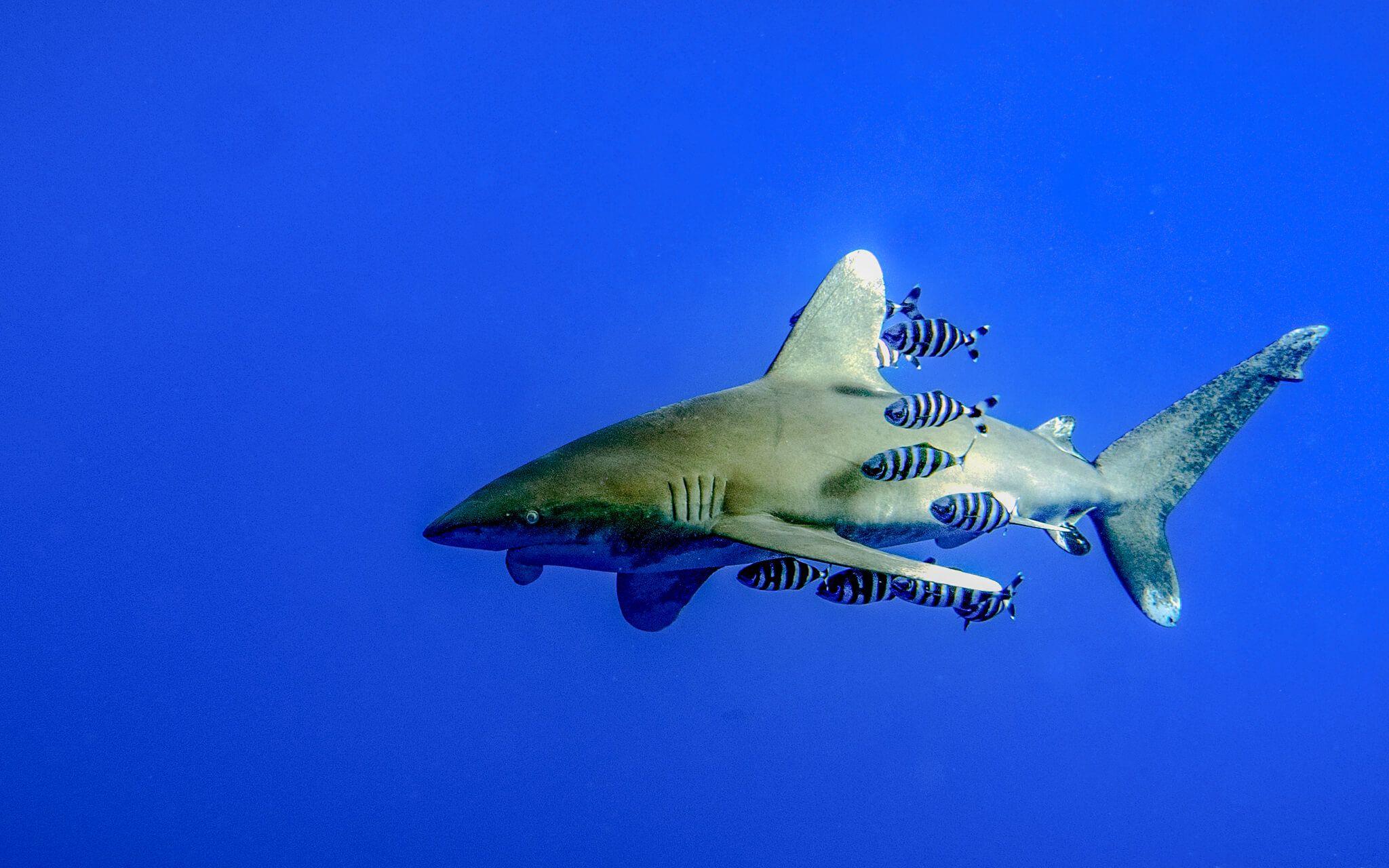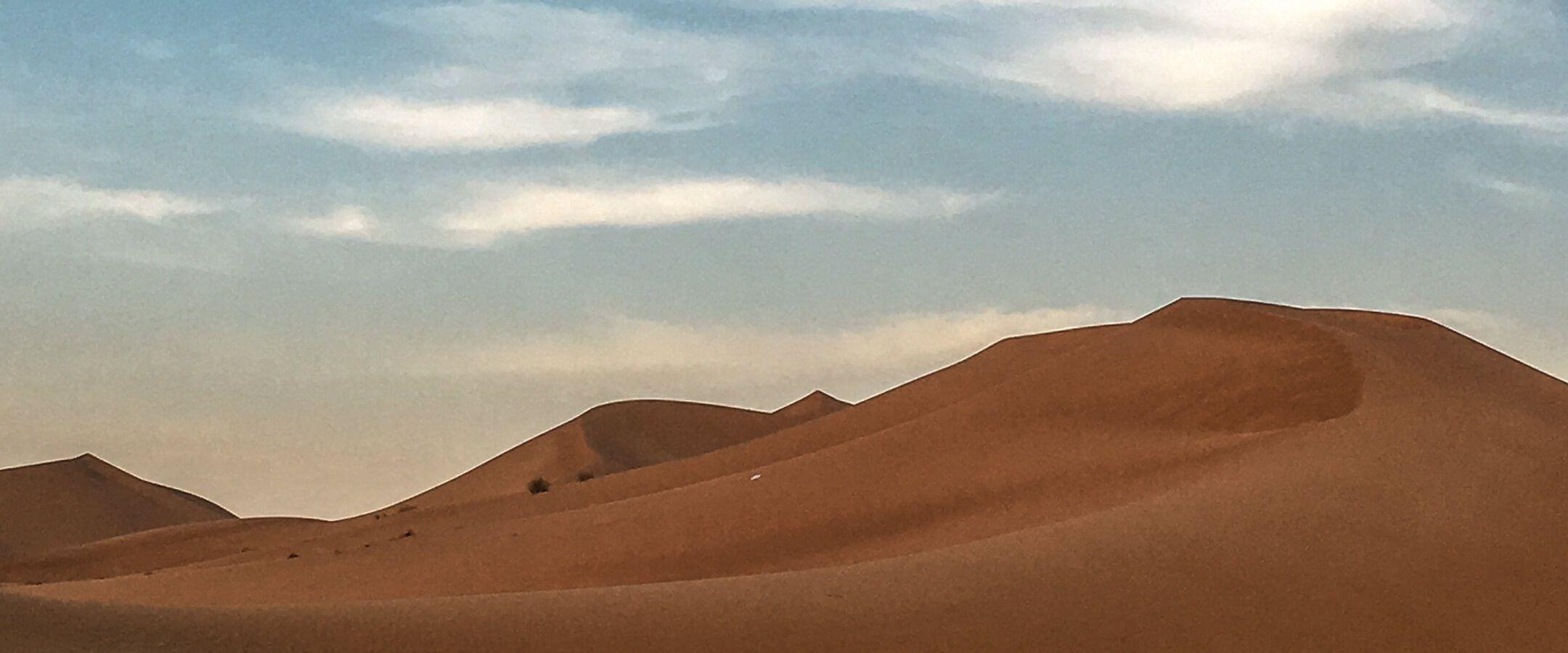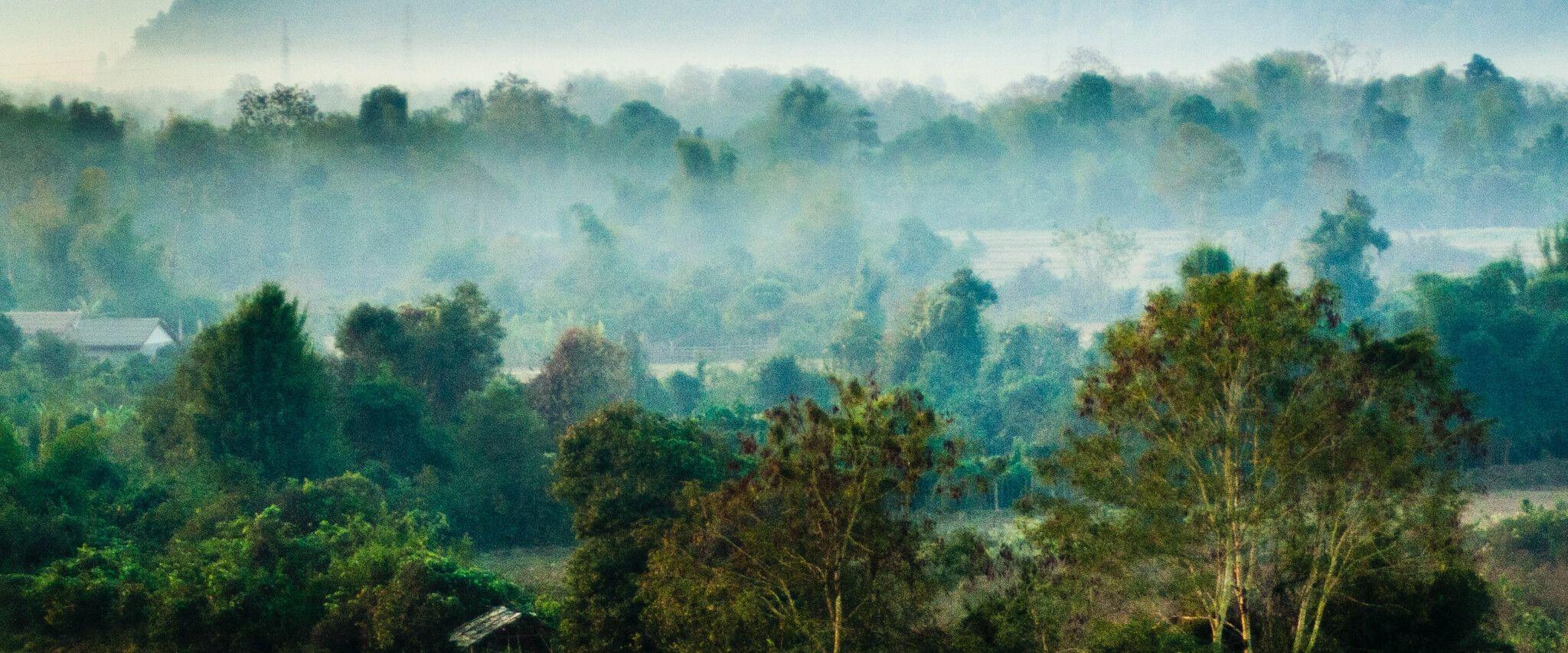Preserving Nature, One Mycelial Network at a Time
Georgina Pereira, the region’s first and only species survival manager assessing macrofungi at Terra Expo City Dubai’s IUCN Fungi Centre for Species Survival, spends her time studying the UAE’s biodiversity. With the recent announcement of the world’s first IUCN Centre in Dubai, Georgie can’t wait to help connect people to some of the world’s most fascinating organisms: fungi.
The IUCN Centre for Species Survival – Fungi is the first global conservation centre dedicated to fungal biodiversity, and the first of its kind hosted in the Middle East. Located at Terra in Expo City Dubai, the Centre addresses one of the most significant gaps in conservation by focusing on the fungal kingdom, organisms critical to plant life, climate regulation, medicine, and ecosystem resilience. The Centre leads IUCN Red List assessments, public education, scientific collaboration, and sustainability-focused programming to reposition fungi as a key player in global biodiversity and climate solutions.
How incredible are fungi?
Neither plants nor animals, fungi are a kingdom of their own, slowly ‘breathing’ in oxygen to live, just like the rest of us. Consider this: fungi around the world are creating healthy soil, producing life-saving medicines, nourishing happy plants, and even sitting on someone’s plate of food. They are also digesting nasty human-made pollutants and feasting on dead organic matter.
I fell in love with this mycelial world over a decade ago, and today, I work with fungi at Terra, Expo City Dubai, the home of the newly launched IUCN Fungi Centre for Species Survival. Our current understanding of fungi has people thinking of moss-covered logs and dark forested corners, but our deserts also give birth to these amazing mycelial networks. In fact, it’s possible that the Middle East could be home to around 10,000 fungal species. The news about the IUCN’s new centre in Dubai not only brings visibility and protection to the region’s unique species, but will also make fungi a conservation priority.
Terra’s mission is to create a world where humans and nature thrive in harmony, and for me, that mission started a long, long time ago.
I was always the weird kid in school – loud, curious, unfiltered, and properly obsessed with the natural world. Having grown up in South India, I would collect tadpoles in my water bottle at school, convinced I was saving them from the storm that was about to come. My ways of calming myself down included rolling in the mud and lying face down on a patch of wet grass.
I moved to Dubai not long after, and my ways of both learning and living changed over time. I found my home in the desert sands, and I loved visiting the toads in the freshwater mountain wadis. I graduated with a major in science from high school, but chose to pursue a legal career and moved to India to study law in 2015.
Then COVID-19 happened, and it changed my life.
When I was forced to slow down for the first time in years, I found myself longing for what I found soothing as a child: rolling in the mud, sneakily smuggling tadpoles, and chasing petrichor. I wanted to examine every tiny detail and finally, follow the fungi that fruited after every downpour. I had forgotten what a blessing it was to be an absolute oddball.
Mushrooms spend most of their lives underground, quiet and invisible, and will occasionally pop up to say hello. They can be bright, vivid, and incredibly funky-looking. They build vast networks of underground mycelia that help trees talk to each other. These mycelial networks also act as carbon storage systems, locking carbon into the soil. In extreme environments, fungi will team up with algae to form lichen that capture carbon dioxide from the air. Some fungi can even reduce methane emissions by working with microbes.
And our planet’s surface is completely covered with the miraculous things. Mycologists estimate that there could be anywhere between two to three million fungal species globally, and yet, we’ve only officially catalogued 160,000. There’s a whole world of fungi out there to discover.
Fungi are not just tackling food security. They are climate mitigators and plastic alternatives. They’re medicine and health professionals, and ecosystem restorers. They are sustainable architecture, innovation, and biotechnology. They are social equity and Indigenous knowledge. Fungi are even tied to mental health and well-being.
Fungi are not just tackling food security. They are climate mitigators and plastic alternatives. They’re medicine and health professionals, and ecosystem restorers. They are sustainable architecture, innovation, and biotechnology. They are social equity and Indigenous knowledge. Fungi are even tied to mental health and well-being.
The more I learned about them, the more I realised they weren’t represented fairly in the conservation world. Over the last two decades, less than 0.2% of all conservation funding was channelled towards fungi.
It’s time for this to change, and the IUCN Fungi Centre for Species Survival will now sit at the forefront of global fungal conservation. Dozens of new species, including many in the MENA region, will be added to the Red List. Dryland fungi in the UAE, such as desert truffles, play crucial roles in maintaining soil health and supporting plant resilience. They also hold a unique place in Emirati history, representing an ethically harvested food source and an unsung part of the region’s culinary heritage.
Protecting these fungi from land degradation, climate change, and urbanisation will help preserve the ethnomycology of the UAE. The IUCN Centre will work on adding desert truffles, amongst other global species, to the IUCN Red List for further conservation planning.
I spent years watching mushrooms grow and being fascinated by them, years being in awe of our incredible planet Earth.
I now carry this sense of awe and wonder on this journey to inspire, educate and conserve the world’s fungi through Terra. If you are even the slightest bit curious, join us!
There is magic when we build a community of people who nurture nature.
Most Popular
The Climate Tribe delivers stories about Biodiversity and Conservation, Circular Economy, Food and Water , and how they intersect with climate.
Subscribe
Get the latest stories inspiring climate action around the globe straight to your inbox.






